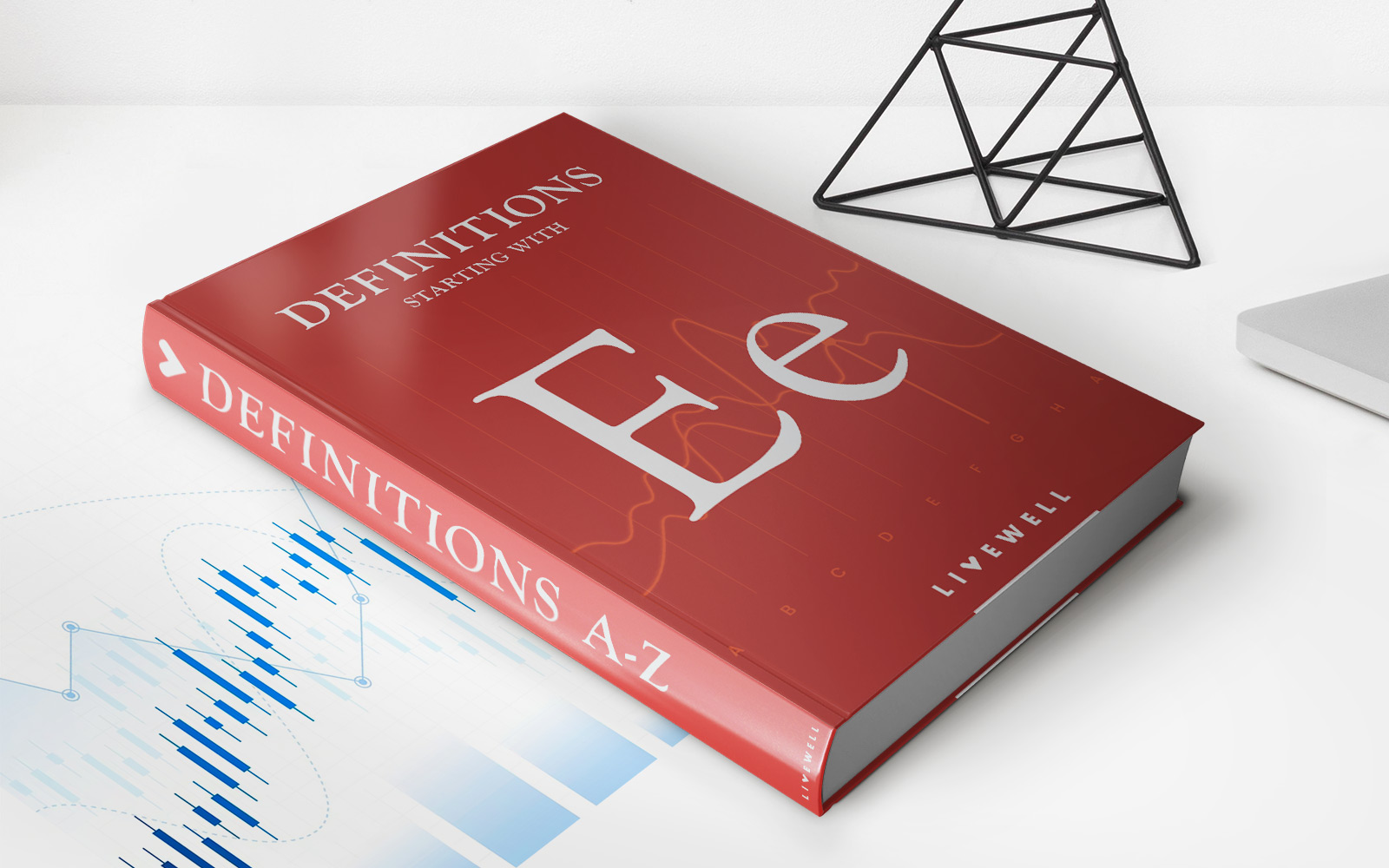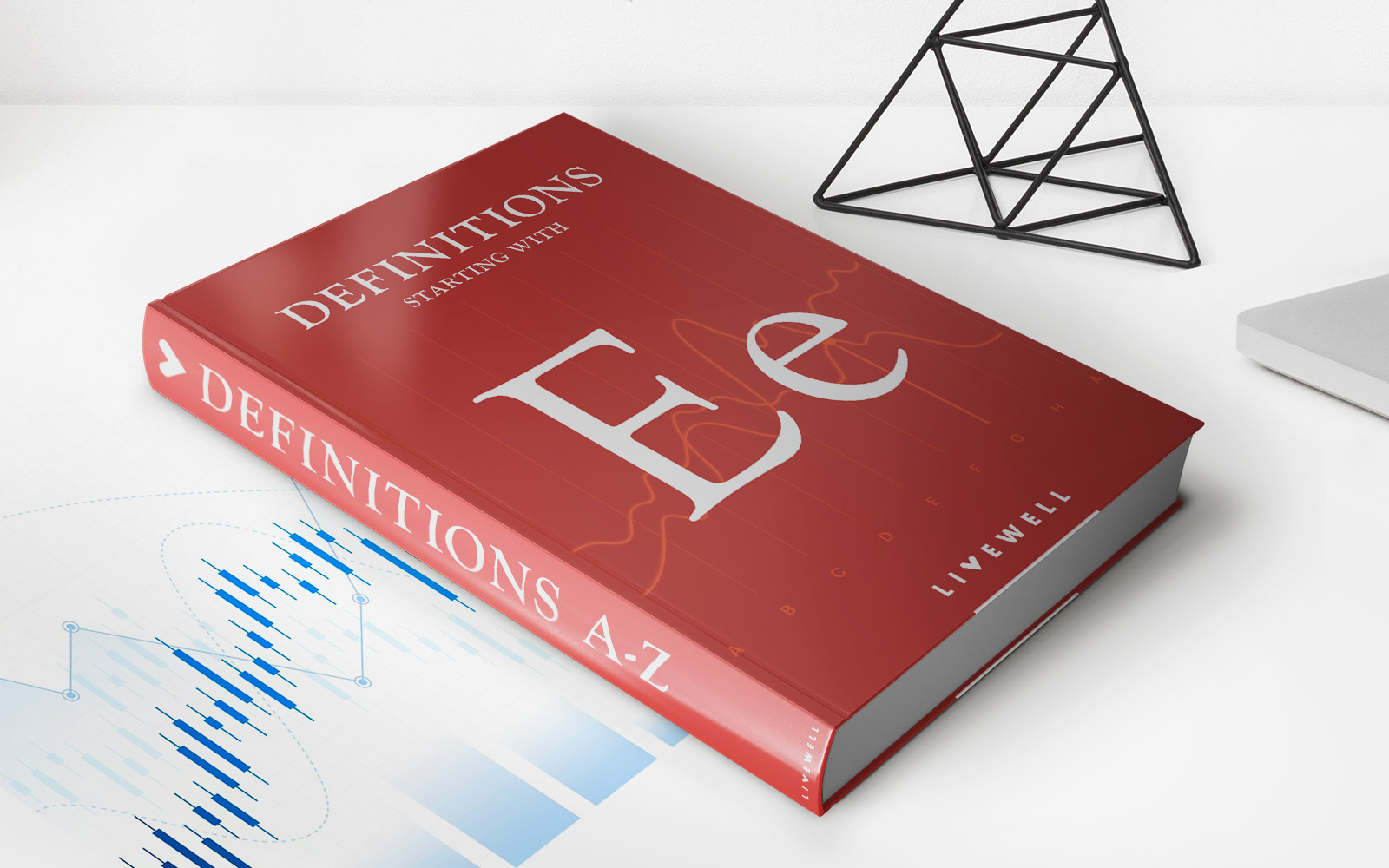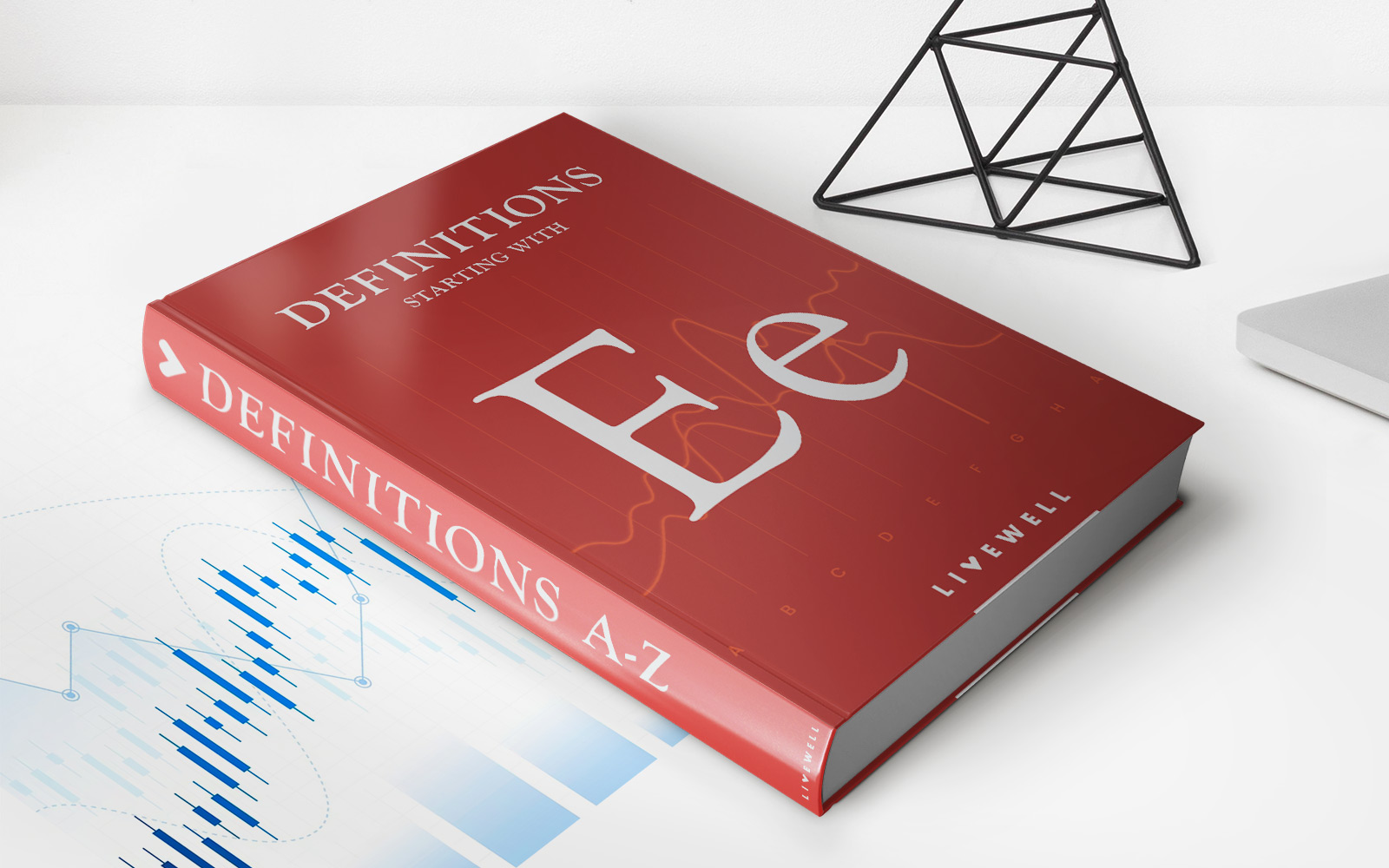Home>Finance>Cash Equity: Definition, How It Works In Investing, And Example


Finance
Cash Equity: Definition, How It Works In Investing, And Example
Published: October 24, 2023
Learn about cash equity in finance, including its definition, how it works in investing, and get an example. Enhance your understanding of finance today!
(Many of the links in this article redirect to a specific reviewed product. Your purchase of these products through affiliate links helps to generate commission for LiveWell, at no extra cost. Learn more)
Understanding Cash Equity and How it Works in Investing
When it comes to investing, understanding the different types of equity is crucial. One of the most important concepts to grasp is cash equity. In this article, we will explore what cash equity is, how it works in investing, and provide an example to illustrate its application.
Key Takeaways:
- Cash equity refers to the value of an investment portfolio after subtracting any borrowed funds or margin from the market value
- Cash equity essentially represents the actual cash or cash equivalents that an investor has in their investment account
What is Cash Equity?
Cash equity is a term used to describe the portion of an investment portfolio that is fully owned by the investor. It refers to the value of the portfolio after subtracting any borrowed funds or margin from the market value. Essentially, cash equity represents the actual cash or cash equivalents that an investor has in their investment account.
It’s important to note that cash equity can fluctuate as the market value of the investments in the portfolio changes. For example, if the market value of a portfolio increases, the cash equity will also increase. Conversely, if the market value decreases, the cash equity will decrease.
How Does Cash Equity Work in Investing?
In investing, cash equity plays a vital role in determining an investor’s financial position and ability to make further investments. Here’s how cash equity works:
- Initial investment: When an investor decides to invest, they start by contributing a certain amount of cash equity to their investment account. It could be the result of personal savings, dividend reinvestment, or other forms of cash injections.
- Subsequent investments: As the investor continues to invest, whether it be in stocks, bonds, or other securities, the cash equity in their portfolio can be used to finance further investments.
- Dividends and capital gains: Any dividends received or capital gains realized from the investments will increase the cash equity in the portfolio.
- Margin and loans: While cash equity represents the portion of the portfolio owned outright, investors may also choose to borrow funds or use margin to leverage their investments. These borrowed funds are not considered cash equity, as they need to be repaid with interest.
Cash equity provides investors with liquidity and flexibility. It allows investors to seize potential investment opportunities, react to market conditions, or meet personal financial needs by either withdrawing the cash or reinvesting it.
Example: Cash Equity in Practice
Let’s consider an example to better understand how cash equity works in practice:
John has an investment portfolio worth $100,000. After considering his borrowed funds and margin of $20,000, we can calculate his cash equity:
Cash equity = Portfolio value – Borrowed funds
Cash equity = $100,000 – $20,000
Cash equity = $80,000
In this example, John’s cash equity is $80,000, which is the portion of his portfolio that he fully owns without any borrowed funds or margin.
In Summary
Cash equity is an essential concept in investing. It represents the actual cash or cash equivalents that an investor has in their portfolio after subtracting any borrowed funds or margin. Understanding cash equity is crucial for managing an investment portfolio, making further investments, and maintaining liquidity. By grasping the concept of cash equity, investors can make more informed decisions about their investments and utilize their funds effectively.














